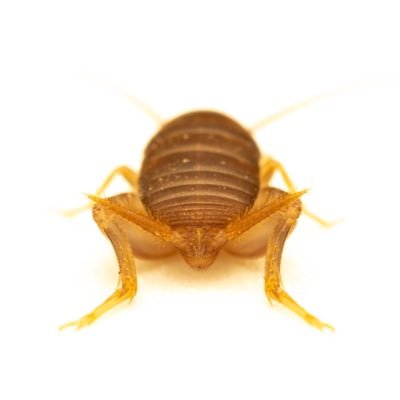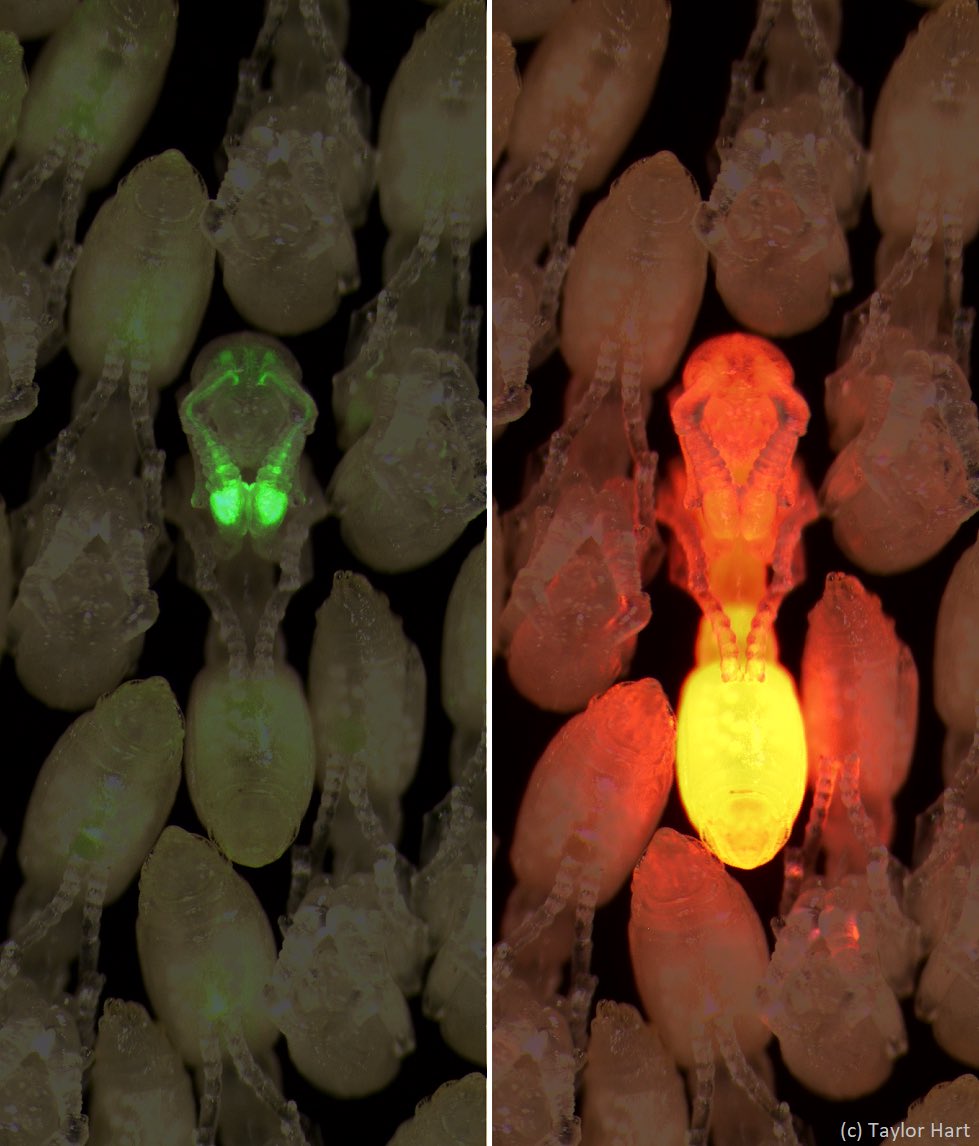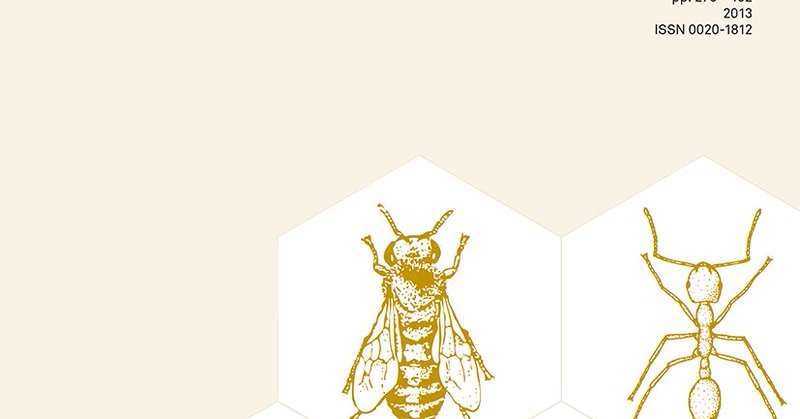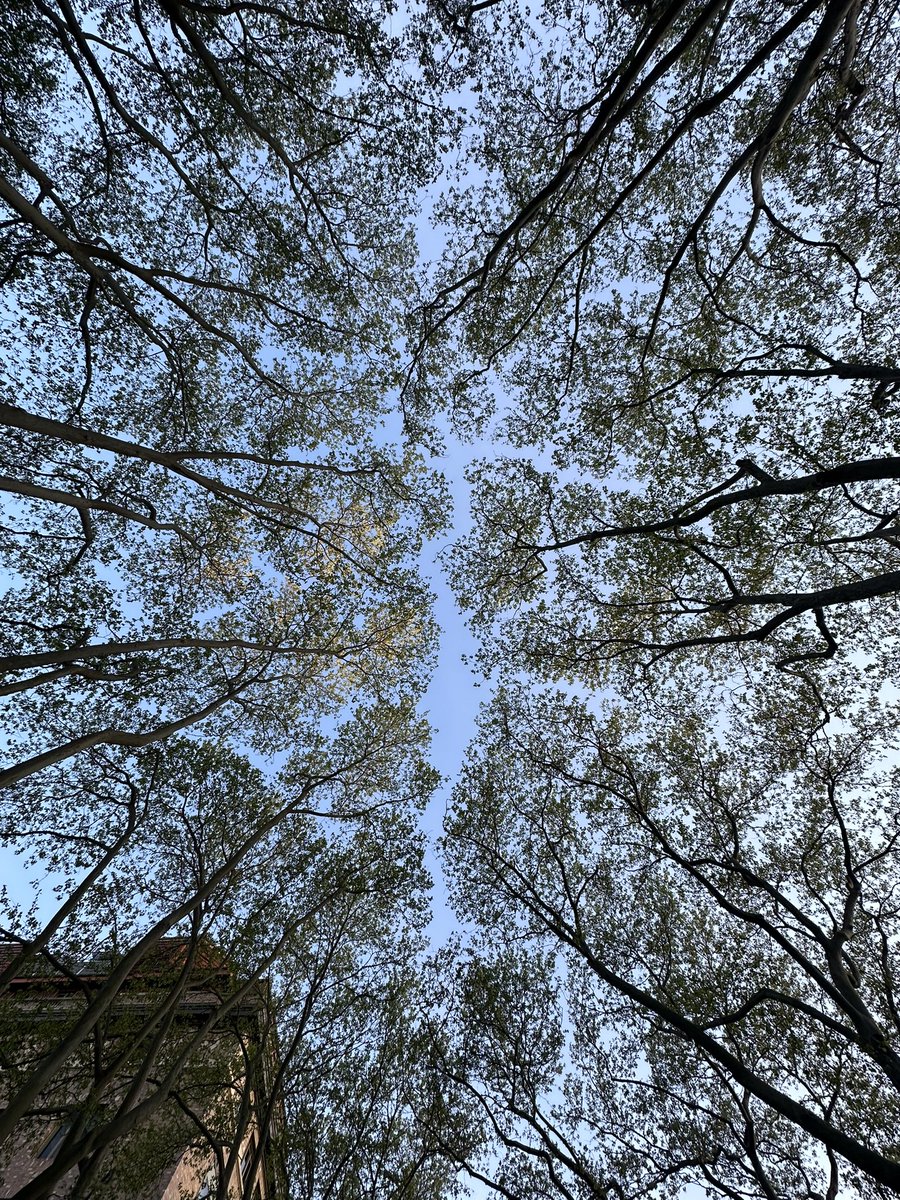
Daniel Kronauer
@DanielKronauer
Followers
5K
Following
5K
Media
410
Statuses
2K
Myrmecophile for life. 🐜 🤓 🐜 Follow me on 🦋 if you want to stay in touch.
Joined July 2017
Our first neurogenetic study of ants survived peer review and just appeared OA in its final form @CellCellPress @CellPressNews: @teraxurato & team @RockefellerUniv created the first transgenic ants and identified a sensory hub for alarm behavior. 1/8
43
279
1K
I ended up spending six weeks with this colony, following its nightly emigrations through the Venezuelan cloud forest and documenting its behavior. At the end it took us almost an hour each way to just get to the colony. The resulting report is here:.
link.springer.com
Insectes Sociaux - The army ant Eciton burchellii is one of the most conspicuous ant species in New World tropical forests, but studies of colony life histories have been hampered by the nomadic...
1
0
7
RT @theafenogaster: Vulcanidris cratensis reconstruction. Founder queen with her first worker, second pupa on the way and two generations….
0
226
0
While “Berührungsangst” (the fear of contact) is generally the exception at @RockefellerUniv, here is an example of crown shyness on our beautiful spring campus.
1
0
15
Our 2023 study of army ant refuse beetles is here:. And here is some press coverage in The Economist:.
onlinelibrary.wiley.com
We used DNA barcoding to examine the beetle fauna associated with army ant middens. Middens served as a food source, a breeding ground and a nursery to a diverse assemblage of beetle scavengers. Our...
0
0
4
Monarchs accumulate cardiac glycoside toxins from the milkweeds, making them unpalatable. Marianthi Karageorgi and @NKWhiteman mapped the adaptations in the sodium pump, the target of cardiac glycosides, that confer resistance to the monarchs themselves:.
0
0
0
Here’s a very hungry little monarch caterpillar eating its way through a milkweed leaf. If you want to learn more about this relationship, @anuragasclepias wrote a nice book about the coevolution of monarchs and their host plants:.
1
0
6
Science and art offer complementary approaches to achieving a deeper understanding of life, and the exchange between the two can be very fruitful. Check out the fantastic work of Maximilian Prüfer, who lets insects express themselves in his art:
Artist-in-residence Max Pruefer collaborates with scientists in @DanielKronauer's lab to explore how chemical communication drives social behavior between ants. Learn more:
0
6
32
























